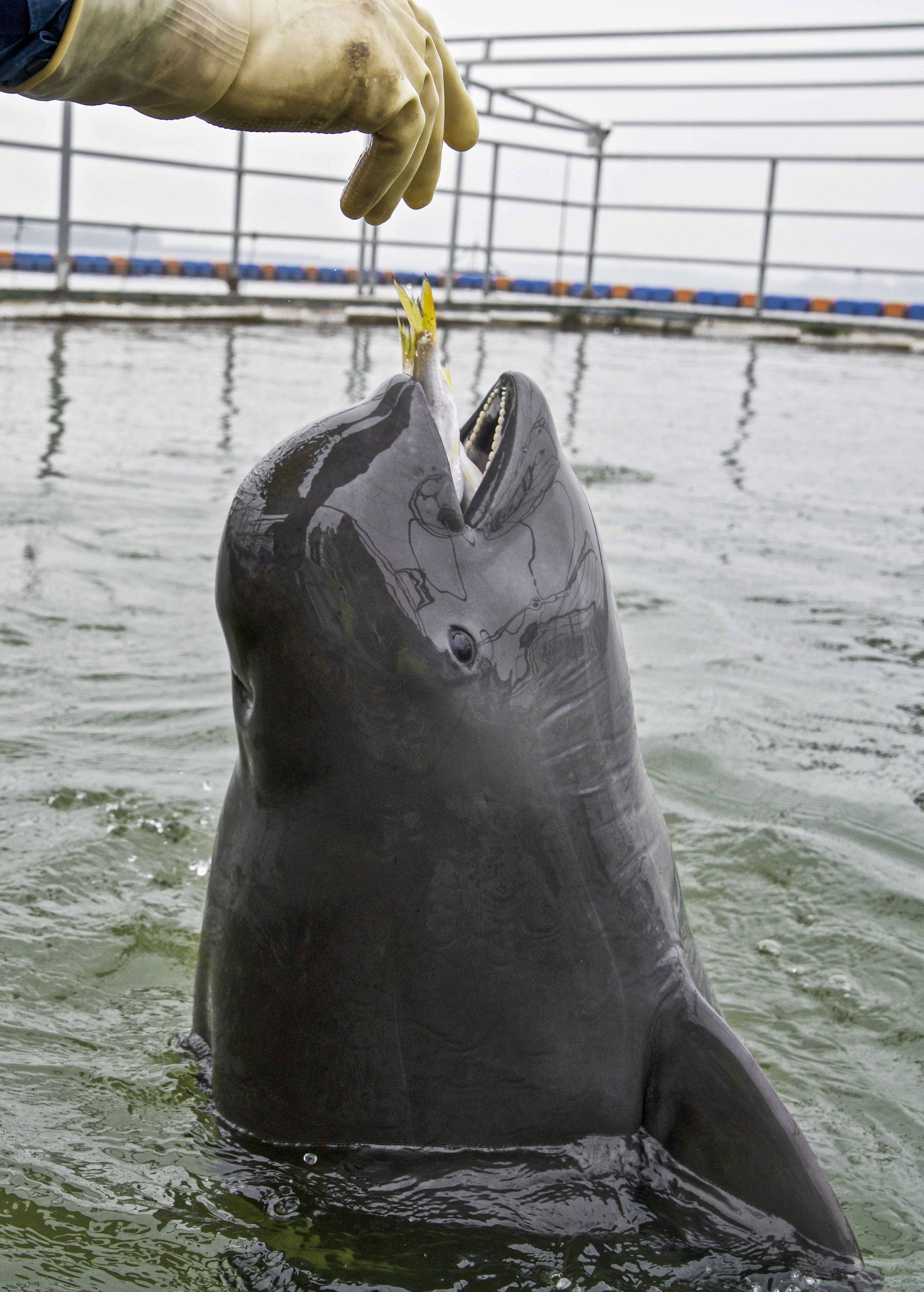
The fate of the critically endangered ‘river pig’ is inextricably tied to that of the waterway it calls home. Whether it survives or goes way of the white dolphin depends entirely on the success of an ambitious river clean-up campaign.
As the story goes, a lonely Chinese princess was to be married to a man with whom she was not in love. On refusing, her father pushed her into the Yangtze River, where she drowned. The waters, however, took pity on Princess Baiji and reincarnated her as a dolphin, and for millennia, the so-called Goddess of the Yangtze pulsed her slender body through the river’s currents.
The Yangtze finless porpoise is fleshy and rotund – nicknamed “river pig” by locals – and its mouth is fixed in a permanent cartoon grin. In 1991, China counted about 2,500 finless porpoises in the Yangtze. And while the baijis are now gone, just under 1,000 of these smiling river pigs remain – a population smaller than that of the giant panda.

This porpoise is now so critically endangered that, without direct intervention, the Yangtze’s last surviving aquatic mammal will suffer the same fate as the baiji in as little as a few years.
“If the river porpoise goes extinct,” says WWF China’s head of water practice, Ren Wenwei, “we will have failed to save the Yangtze itself.”
From its source on the icy Tibetan plateau to its glittering delta on the East China Sea near Shanghai, the Yangtze connects China’s disparate landscapes and cultures and propels economic growth. The1.8 million sq km Yangtze River basin provides water, transport and food for almost one-third of China’s 1.4 billion people and contributes more than 40 per cent of the country’s gross domestic product.
This has also made the world’s third-longest river one of its most overworked. Many sections are to be further deepened and widened, banks paved, but “animals like the finless porpoise prefer shallow, meandering waters”, says Wang Hongzhu, an aquatic life researcher at Beijing’s Chinese Academy of Sciences. “Few can actually survive in deep, straightened channels.”
The Chinese Academy of Sciences says the ban would allow the species that contribute most to the river’s fishing industry to be replenished over two to three generations, since the fish reach sexual maturity at three to five years old.
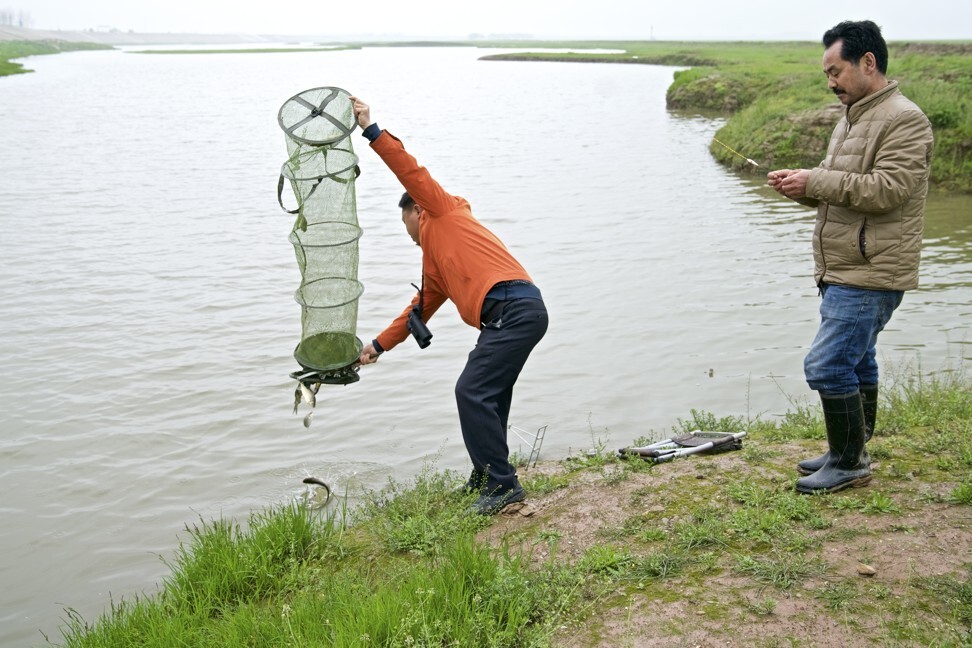
For the finless porpoise, the sigil that will reflect the success or failure of such efforts, the fishing ban is not the only hope for survival. All along its vast banks, clean-water projects that could save the river and the porpoise are, as one might expect along 6,300km of waterway, at different phases of development and face very different challenges. The clock is ticking.
In the Yangtze’s lower reaches, financial, hi-tech and industrial districts occupying just 1 per cent of China’s territory produce 10 per cent of its GDP. More than 400 Fortune 500 companies have set up shop around the Yangtze River Delta, with supply chains reaching deep into the Yangtze basin for the textile industry’s cotton and dyes; the beverage industry’s water, sugar, fruit and packaging material; and the phone makers’ use and disposal of minerals and toxic parts, and others.
But while these multinationals are often blamed for damaging the Yangtze’s ecology, their intellectual and financial capital also make them an important source of conservation projects.
Companies are increasingly realising the dangers environmental degradation pose to their production, and are working to make fundamental changes to protect their resources. Long supply chains mean increased risks from pollution, resource scarcity and government regulation. There are also new market opportunities in green products.
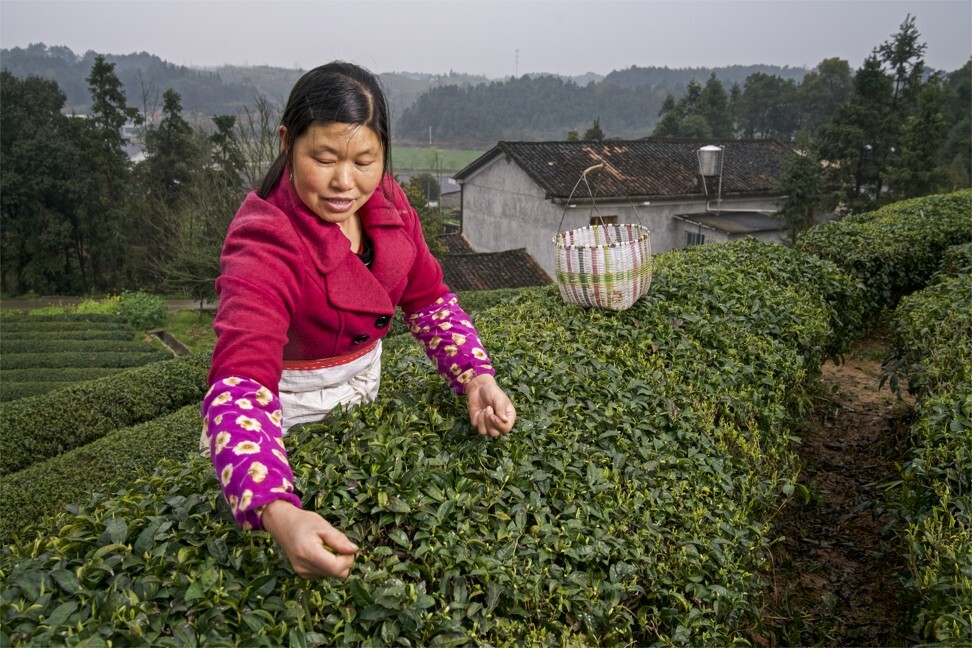
Coca-Cola began working with Jinjing Tea in Hunan province in 2013, introducing sustainable farming practices, including water-collection and irrigation systems and the construction of wetlands, on more than 4,450 hectares of tea gardens.
Fan Tianming, vice-president of Jinjing Tea, says the original incentive to work sustainably was economic: the tea market was in a rut in the 1990s, and the company saw sustainably sourced products booming outside China. The conversion has paid off. Sales improved, agricultural pollution fell and corporate sponsorships appeared. In 2015, Jinjing Tea’s turnover reached 300 million yuan.
WWF says the textile industry uses up to 2,700 litres of water to produce a single T-shirt. Working with partners such as Swedish fashion brand H&M, the global conservation body helps companies to enact water-responsible “whole sector” practices and projects.
More than 1,600km from the Yangtze River Delta, amid steep cliff faces and dense evergreens, the Chishui River, a tributary of the Yangtze, begins its course. Known in Chinese as the Red River, for its ruddy sediment, the Chishui straddles three provinces that are among the poorest in the country.
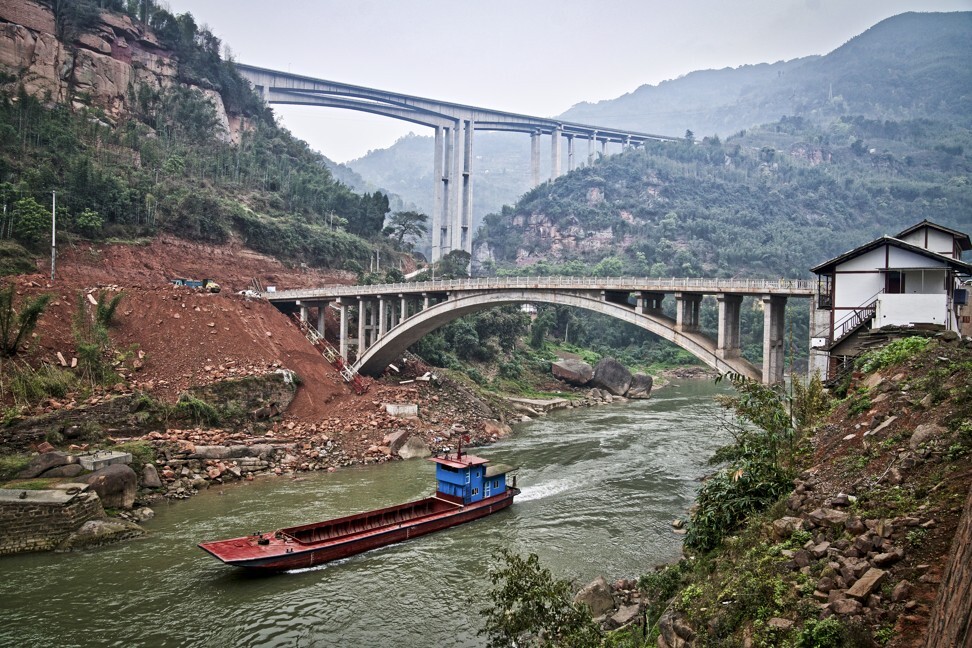
But as the scenery varies across the region, so do the bureaucratic obstacles to protecting stretches of the water system. Guizhou, Sichuan and Yunnan provinces all compete to extract resources from the Chishui, but none wants to shoulder the burden of protecting it. WWF China’s Ren describes this classic quagmire as “nine dragons managing water”.
In Chinese legend, dragons presided over important affairs; because water was critical, nine dragons were appointed to govern the resource. All thought one of the others would take on the responsibility. Yet none did and the water ceased to flow. Today, Ren says the dragons are ministries: water, forestry and agriculture, to name a few, along with multiple regional authorities.
The three provinces have started coordinating conservation efforts and pollution controls, going so far as to create a “river chief” system in 2014 that assigned clear responsibility for the health of their waterways.
In 2016, the central government upgraded the plan to a national initiative that requires heads of provinces, cities, counties and townships to adopt the river chiefs system and take responsibility for their own rivers and lakes. By 2019, there were 1.2 million river chiefs who would be evaluated according to the quality of their waterways, including resource protection, waterline management, pollution prevention and control, and ecological restoration.
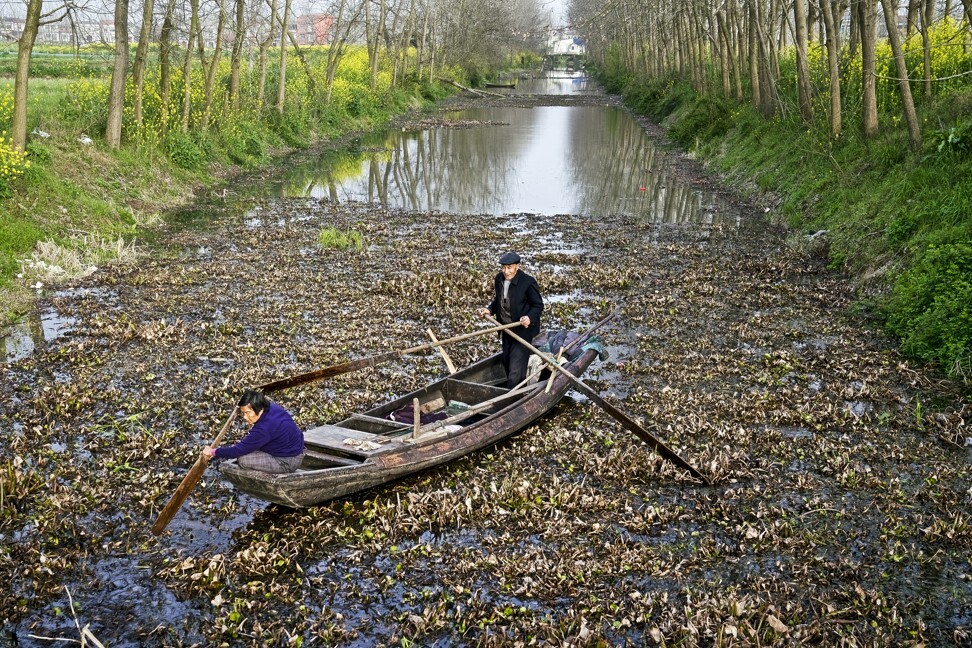
To convince local municipalities – and local people – to shift their economies away from fishing and mining, the central government is pushing one model of development in particular: ecotourism.
While there are countless signs warning people against illegal fishing in this Yangtze tributary, there are also newly constructed bike trails hugging its curves, and restaurants are opening, many owned by former fish farmers using government-supported loans.
Wuma (population 32,600), a town in Guizhou, has shown willing to test out this alternative livelihood approach. Wuma’s 31-year-old vice-governor, Feng Jinwei, has been advancing a town-wide effort to reduce its environmental impact while boosting incomes.
“We want to make our town and our clean river a tourist attraction,” says Feng.

In Wuma, vegetable plots have been transformed into eco-farms. Noodle stalls are now eco-restaurants. Swathes of hilly, formerly terraced agricultural land are being reforested. Paper mills have shut down and there are 10 water-treatment plants, with another six expected to open this year; and the river water is now clean enough to drink.
One key partner in this transformation has been Kweichow Moutai, the company that makes Mao-tai, China’s renowned grain-liquor brand – a fiercely strong drink that was used to toast American president Richard Nixon during his 1972 visit to the country. The air enveloping Maotai town is smoky sweet with the smell of fermentation, and with a market value of some US$200 billion, Kweichow Moutai is the world’s most valuable alcohol company.
Kweichow Moutai has an enormous footprint; producing a single litre of Mao-tai requires about 50 litres of water and creates many litres of waste, according to state media.
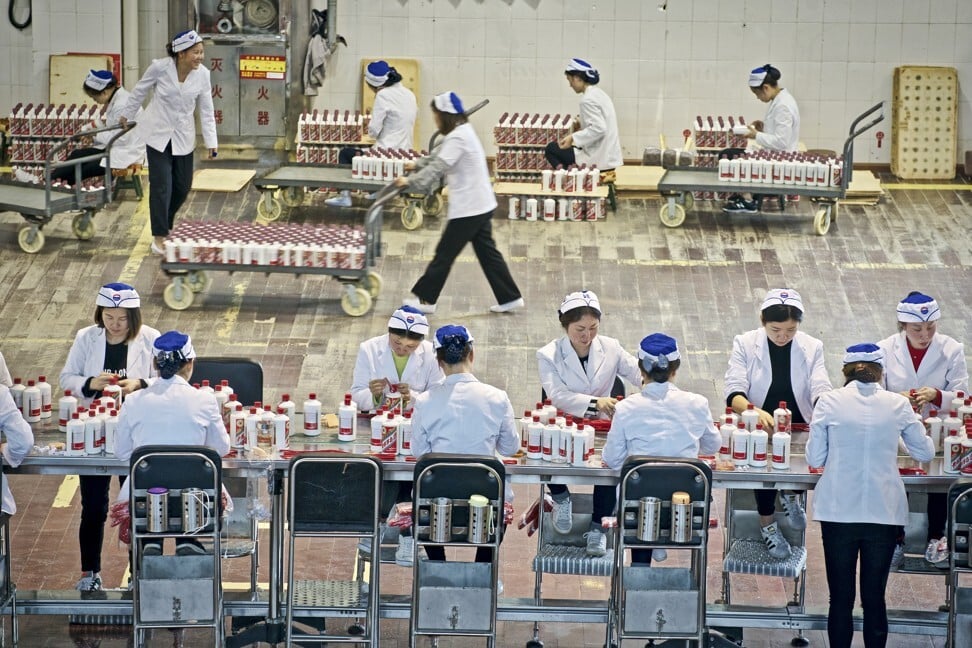
Today, the company treats its own waste water, processing 15,000 gallons an hour through an on-site plant.
Rich though it might be, Kweichow Moutai and other companies in the upper Yangtze are planning to fund their waste-water management by asking downstream water users to pay for clean water. To that end, the company has invested about US$73 million over 10 years in ecological restoration upstream.
But the most critical battleground for the Yangtze’s future is its middle stretch, where traditional economic development clashes with biodiversity in a tussle over how China will manage its natural resources for the future. For decades, the construction and petroleum industries have scarred the basin around Wuhan, the infamous epicentre of China’s coronavirus outbreak.
“This is where agriculture and industry directly plunge their hands into nature,” says Jiang Yong, acting director of biodiversity for WWF China’s Yangtze programme. It is also where many of the last finless porpoises live in the wild.

Perhaps no place exemplifies the clash over natural resources here better than Dongting Lake, in Hunan province, in the flood basin of the Yangtze that is connected to and fed by the river at multiple points; a destination for tourists and a haven for millions of migratory birds. The agriculture and dredging required to feed and house millions of people in the Yangtze basin have reduced what was once China’s biggest lake to roughly a third of its original size.
It takes a lot of luck to find a porpoise here these days, but evidence of industry is everywhere: hulking masses of steel in the form of dredging vessels and barges spit out sand scraped from the bottom of both river and lake, pulling up lobsters, prawns and by-catch vegetation.
Much of the sand mined here is shipped more than 965km down the muddy Yangtze to build booming cities such as Shanghai. It goes into the concrete for skyscrapers, the glass for windows and the asphalt for roads. But sand is an essential part of the ecosystem on which the finless porpoise depends. The whirring and chomping of the sand-raking boats also interferes with the porpoises’ sonar, which the cetaceans use to navigate and hunt.
Zhang Xinqiao, manager of species protection for WWF China, says the porpoises become disoriented by heavy boat traffic. “They get sensory overload from all the boats and become exhausted swimming back and forth to escape,” he explains. Confused and tired, they, like the baiji before them, become vulnerable to propeller blades.

Today, authorities are making efforts to return parts of Dongting Lake to its pre-industrial state, and at a lakeside office, conservationists survey a swathe designated for “sealed rehabilitation” – wherein whole areas are fenced off, monitored and protected.
The reserve’s staff are responsible for stopping illegal activities and for monitoring wildlife. Through powerful electronic telescopes, they survey the migratory bird population and jump for their camera phones at the sight of rare species that include the white spoonbill, grey crane and white-fronted goose.
Not far from Dongting Lake, conservationists breed finless porpoises in small U-shaped lakes called oxbows in the Tianezhou Oxbow Nature Reserve, in Hubei province. These aquatic sanctuaries can be more easily monitored than Dongting Lake or other open sections of the river and, through the use of a system of sluice gates to control water flow, the worst pollution from agricultural run-off can be held at bay.
Porpoises that were brought to the oxbow reserve in 1990 are now thriving. The original population of five animals has grown to nearly 80, nearing the oxbows’ maximum capacity of 100.
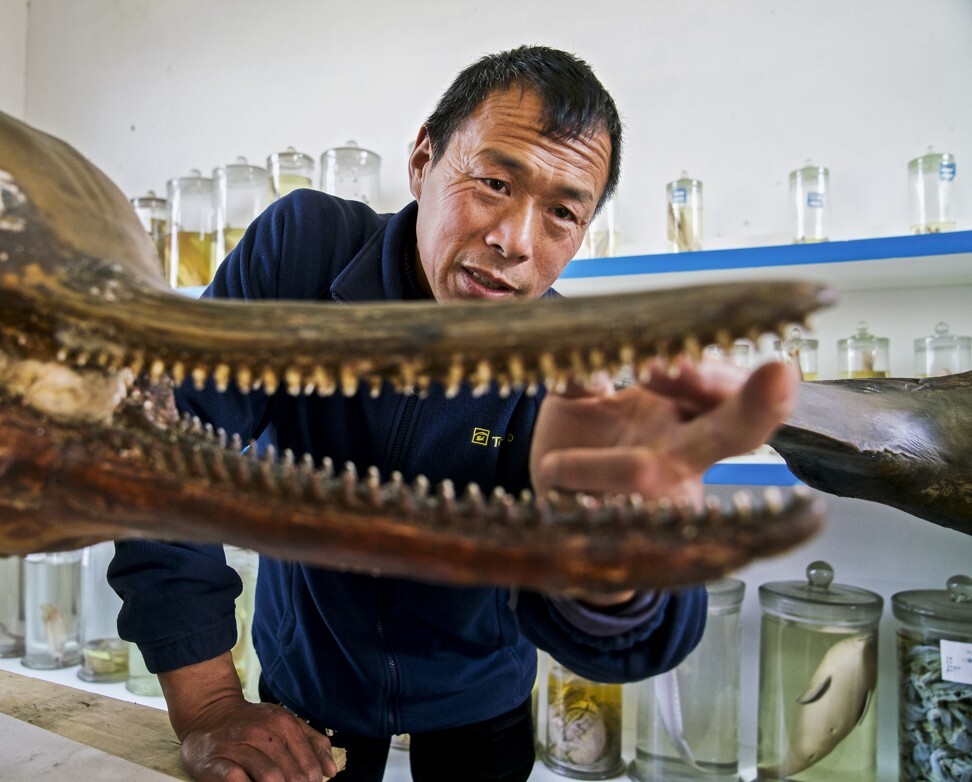
But as that capacity nears, hope abounds at Tianezhou as more people nearby practise low-impact agricultural methods; more fish farmers are using natural grass-feeding techniques rather than trucking in industrial feed. The government has set aside whole sections of land and water for porpoises, migrating birds and Père David’s deer, which had gone extinct in China but was reintroduced from Britain in 1985.
And then there is Ding Zeliang, a 50-year-old former fisherman who cares for the porpoises brought to Tianezhou’s rehabilitation centre. When Ding took the job, in 2008, his first task was to rehabilitate E-E, a recently rescued female who is now 12 years old. A male, Tian Tian, was relocated to the centre in 2011, and E-E gave birth to the first finless porpoise born in captivity there, in early 2016. The calf was chubby, stayed close to its mother and sported the species’ classic morphological smile.
Realistically, however, the oxbows can only buy time. “We can’t conserve them if they are only in protected reserves,” says Ren. If the porpoises can’t eventually return to a cleaner Yangtze, the chances of the species’ survival are slim. But if they are to once again proliferate, these 80 grinning water mammals are in the right place.
When the calf was born in 2016, Ding says he fed and cared for the mother and baby through the nights, faithfully sleeping on a cot on the dock to be close to them.
“I care more about the finless porpoise than my own grandchildren,” says Ding.

